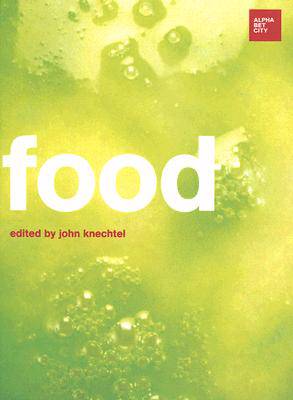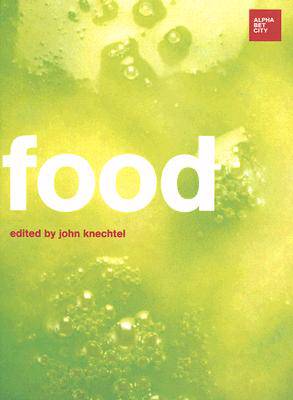
- Retrait gratuit dans votre magasin Club
- 7.000.000 titres dans notre catalogue
- Payer en toute sécurité
- Toujours un magasin près de chez vous
- Retrait gratuit dans votre magasin Club
- 7.000.0000 titres dans notre catalogue
- Payer en toute sécurité
- Toujours un magasin près de chez vous
Description
As the slow food movement meets fast food nation and eating locally collides with on-demand arugula, our food habits are shifting: writers and artists examine and imagine these changes, from the idea of a farm in a skyscraper to a map of fruit that falls on public property, from the genealogy of an organic bento box to a tale of chop suey and egg rolls.
Food is essential to our sense of place and our sense of self, but today--as fast food nation meets the slow food movement and eating locally collides with on-demand arugula--our food habits are shifting. Food examines and imagines these changes, with projects by writers and artists that explore the cultural and emotional resonance of food, from the "everyday Dada" of mashed potatoes and Jell-O to the rocket science of food eaten by astronauts in space. In Food, an artist photographs everything he ate in 2006 (and some things he didn't eat, including "Food I Left in the Fridge Too Long") and finds the results both "seductive and repulsive"; a writer describes the global agro-assembly line that produces an organic bento box for Japanese commuters containing rice and vegetables from California, pork from Mexico, and salmon from Alaska; a short story writer offers an eight-page graphic novel, Eating in Cafeterias; a landscape architect compares a commercial orange with an organic apple using visualized data; an award-winning New York City food writer tells a postmodern tale about small-town Chinese-American cuisine (featuring chop suey, egg rolls, and flaming lava cocktails); an expert explains the principles of urban food sustainability. Other projects include a map of the free food from fruit trees on public land in a Los Angeles neighborhood, a visionary plan for farms in skyscrapers, and a surprising report on food security. The essays, artwork, and stories in Food offer readers a full menu of intellectual nourishment and aesthetic delight.
Spécifications
Parties prenantes
- Editeur:
Contenu
- Nombre de pages :
- 320
- Langue:
- Anglais
- Collection :
- Tome:
- n° 12
Caractéristiques
- EAN:
- 9780262113090
- Date de parution :
- 01-10-07
- Format:
- Livre relié
- Format numérique:
- Genaaid
- Dimensions :
- 129 mm x 165 mm
- Poids :
- 421 g

Les avis
Nous publions uniquement les avis qui respectent les conditions requises. Consultez nos conditions pour les avis.





